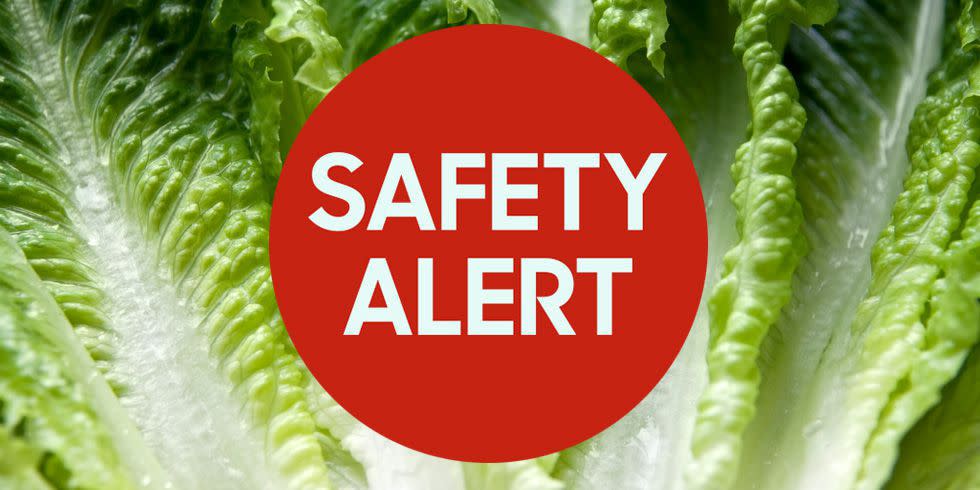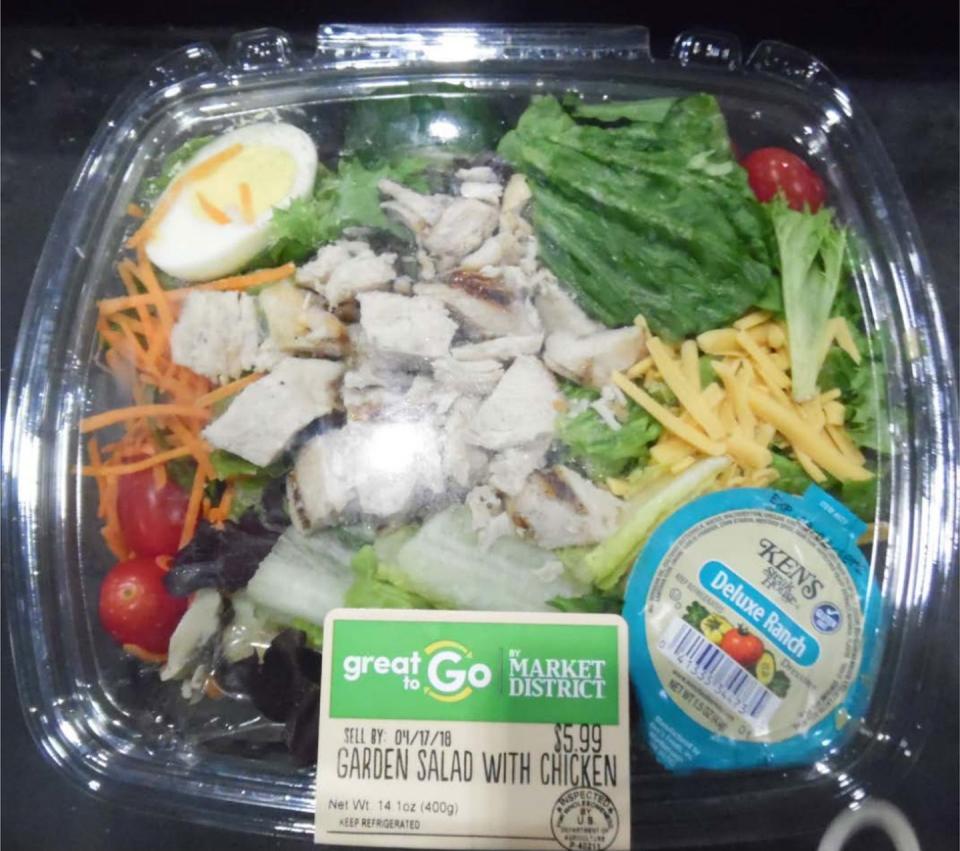UPDATE: Romaine Lettuce E.Coli Outbreak Continues

Update, 6/4/2018: Since the last update stating it should be safe to eat romaine lettuce again, the Center for Disease Control and Prevention has announced that 25 more people have gotten ill from this outbreak, including four people who have died. As of May 30, at least 197 have become ill, and a total of five people have died.
As stated previously, although reports of illnesses continue to come in, the affected lettuce was last harvested in April and is unlikely still available for consumption. However, if you're noticing symptoms of E.coli poisoning (diarrhea, vomiting, fever, etc.), you need to speak with your doctor immediately.
Update, 5/17/2018: After a month of having to avoid romaine lettuce, the government says it is finally okay to eat the green stuff. According to the U.S Food and Drug Administration, most of the lettuce being sold throughout the United States is not from the Yuma, Arizona area, meaning it should not be contaminated with E.coli.
"The FDA has received confirmation from the Arizona Leafy Greens Marketing Agreement administered by the Arizona Department of Agriculture that romaine lettuce is no longer being produced and distributed from the Yuma growing region and that the last date of harvest was April 16, 2018. It is unlikely that any romaine lettuce from the Yuma growing region is still available in stores or restaurants due to its 21-day shelf life, the FDA's website states.
Of course, "unlikely" isn't a sure thing, so if you want to be on the safe side, you can avoid eating romaine for a little while longer.
Update, 5/3/2018: On Wednesday, the Centers for Disease Control and Prevention announced that one person from California has died from E.coli tied to romaine lettuce. Twenty-three more people in 10 different states have also reported illness in relation to the outbreak. As a reminder, it is important avoid eating lettuce until the situation is controlled.
Update, 4/26/2018: Romaine lettuce has been linked to 31 new cases of E. coli the Centers for Disease Control and Prevention said on Wednesday, bringing the total to 84 people over the past few weeks. The outbreak has also spread to three new states: Colorado, Georgia, and South Dakota. The agency has not yet identified a grower, supplier, distributor, or brand responsible for the outbreak, so they are urging consumers to avoid this lettuce until further notice.
Update, 4/21/2018: The Centers for Disease Control and Prevention has expanded its warning to consumers to cover all types of romaine lettuce from the Yuma, Arizona region. This warning now includes whole heads and hearts of romaine lettuce, in addition to chopped romaine and salads and salad mixes containing romaine. Consumers should not buy or eat lettuce from anywhere, unless it can be confirmed that it's not from the Yuma area.
Original, 4/16/2018: For the second time since January, the Centers for Disease Control and Prevention is alerting consumers about a romaine lettuce E. coli outbreak, leading to 22 people being hospitalized in 11 different states. Government investigators believe the outbreak is linked to bagged, chopped romaine lettuce grown in Yuma, Arizona, so they're recommending consumers not eat romaine grown in this region.
The states that have been affected include Pennsylvania, Idaho, New Jersey, Connecticut, New York, Ohio, Illinois, Michigan, Missouri, Virginia, and Washington.
Investigators have not yet been able to pinpoint particular romaine suppliers linked to the outbreak, but they don't believe it is connected to the one that occurred in the U.S. and Canada earlier this year - despite it being the same strain of E. coli O157:H7.
So far, no deaths have been reported and it is believed those who have gotten sick contracted the E. coli from salad mixes used in restaurants and bagged romaine purchased in stores. That's why the CDC advises that if you have bagged, chopped romaine lettuce (including salad mixes) in your fridge, you should toss it ASAP. Since washing your produce won't help (dangerous E. coli might get stuck in the nooks of leaves), eliminating this green from your diet if your safest bet.
To encourage safety precaution, a Pennsylvania company, Fresh Foods Manufacturing, voluntarily recalled 8,757 pounds of salad products on Saturday, even though none of the confirmed contaminations have been linked to their products. However, the company was concerned their romaine supplier may be linked to the outbreak.

E. coli poisoning symptoms include high fever, bloody diarrhea, or severe vomiting that occurs for longer than three days and shows up anywhere from one to 10 days after eating the contaminated food.
Once the outbreak is contained, you should still make a habit of washing your leaves before eating them. Betty Gold, Senior Product Analyst in the Kitchen Appliances and Technology Lab of the Good Housekeeping Institute, recommends investing in a salad spinner for this, like OXO Good Grips Salad Spinner ($30, amazon.com), to speed up this process.
Gold also recommends cutting off the root of the lettuce head before washing it and putting it in your spinner. "A lot of the dirt and icky stuff tends to hide in there and this will make it easier to clean the bottom of the leaves," Gold says.
You Might Also Like

